Picture Research, Lining, Cleaning & Restoration Services
Condition Report
We offer a condition report and a survey service along with advice on insurance, storage and shipping.
Research and analysis

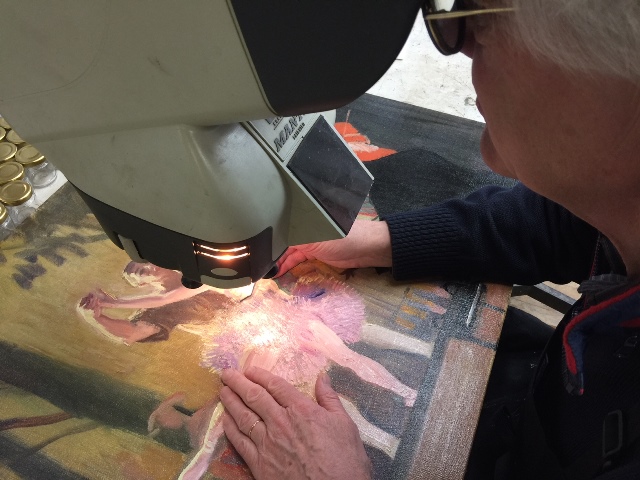
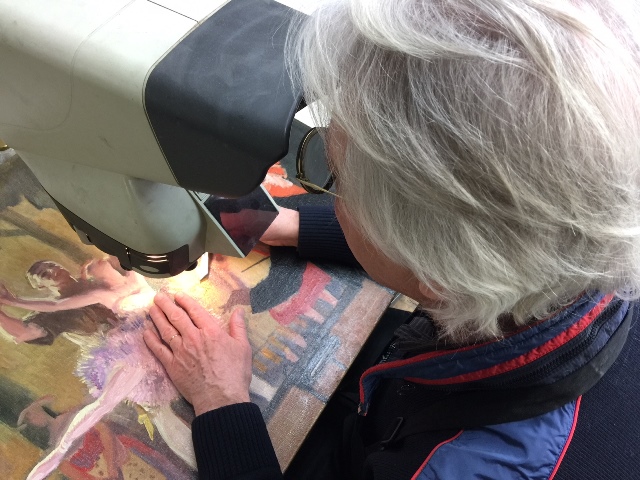
All paintings are carefully examined and photographed when they arrive at the studio. It is important to understand the condition and then determine the necessary treatment to be carried out. In some cases it may be necessary to use various scientific techniques that can add to our understanding of the construction of the painting the materials used and the techniques employed by the artist. We have at our disposal:
Cross section analysis of paint and varnish layers: Useful to determine post historic restoration which in turn contributes to the identification of fakes, and assists in dating the painting.
Ultra-violet fluorescence examination and photography: Very helpful in determining restoration which may not be readily apparent.
Infra-red photography: To identify the under-drawing the artist may have used in the preparation of the artwork.
Chemical and microscopic analysis of pigments and structures; this is useful in dating and identifying fakes and forgeries.
X-ray radiography: A useful tool for investigating a painting where there may be a suggestion of other hidden layers beneath post historic restoration or even an entirely different painting underneath.
Structural repair of paintings and their supports

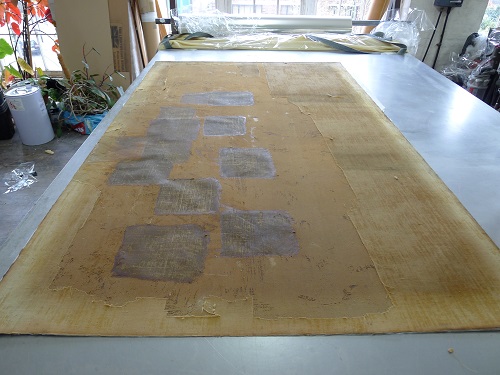
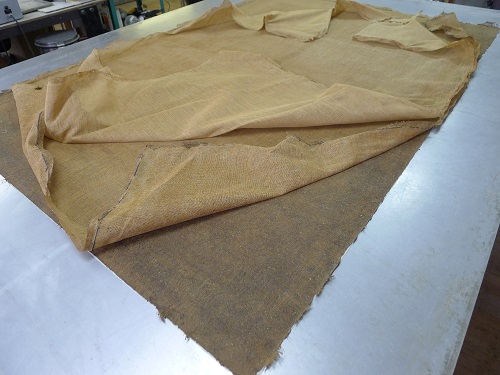
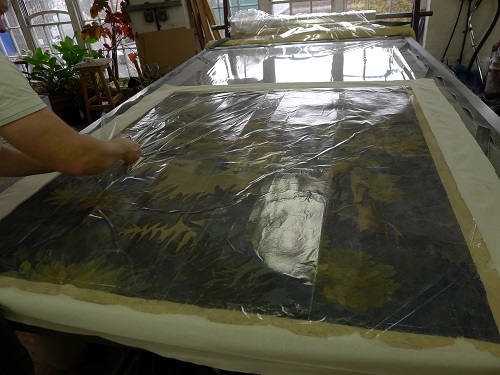
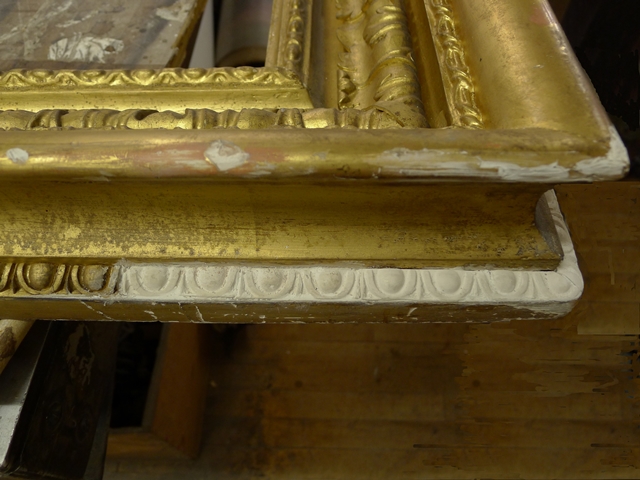
This includes repairing the damages that can occur to painting supports such as the canvas, stretcher, panel, and other contemporary materials.
Our structural work includes various lining techniques for the repair of damaged canvas, the joining of broken wooden panels and supports, re-finishing acrylic, Perspex and resin surfaces as well as many other contemporary constructions.
Where possible with contemporary paintings and sculptures we would liaise with the artist and carry out tests prior to treatment.
When treating torn or physically damaged works of art on canvas, where possible we prefer to deal with the issues locally. Often with small damages to a canvas these can be joined with a suitable adhesive and a selection of techniques to include a thread by thread joining method.
We offer a strip lining service where appropriate, this adds a layer to the tacking edge of a painting where the original has deteriorated and is no longer fulfilling its function.
We have one of the largest lining tables in private hands. 205cm x 366cm. In some cases the damage and condition of a painting may be severe with large tears and rips along with flaking and distorted canvas. In these cases it may be necessary to support the entire canvas by lining; this is the process of adding an appropriate canvas to the reverse of the original in order to provide additional support. We have a large selection of suitable supports from the finest natural linen to synthetic sailcloth and cotton duck canvases. Adhesives include Beva371, animal glue and in some cases wax-resin.
Cleaning
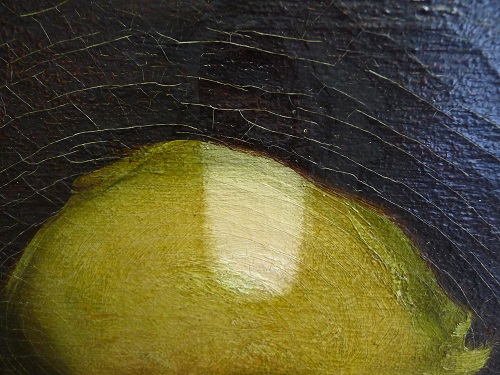
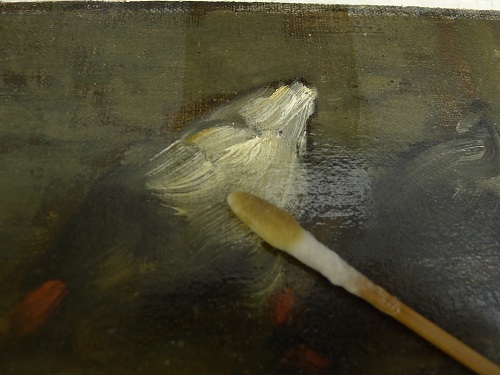
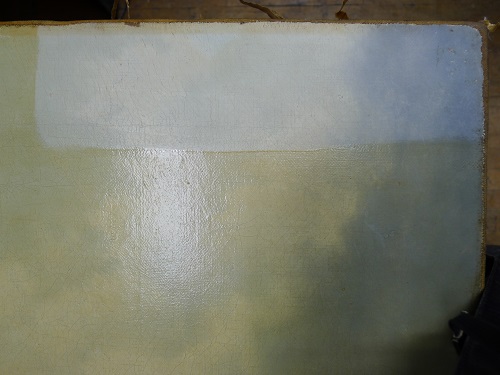
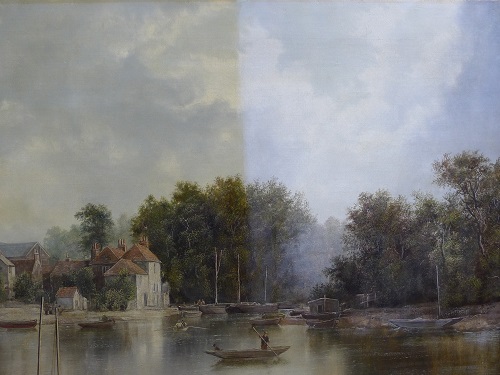
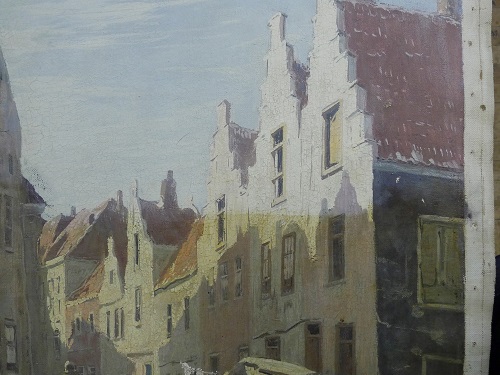
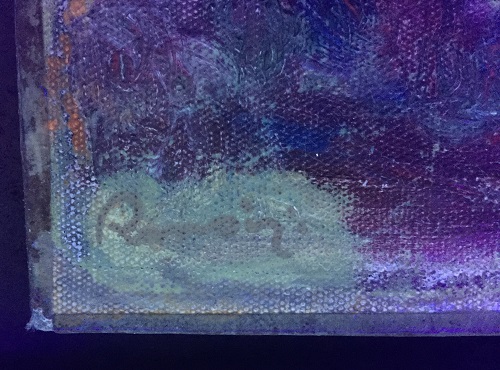
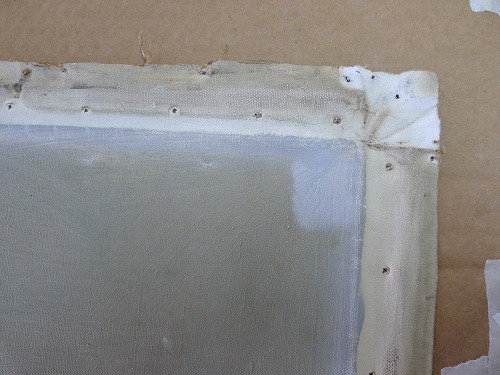

Cleaning a painting involves the removal of dirt and airborne deposits (fly droppings being very common) that have built up over time on the surface of the work of art, this may include discoloured varnish which could be in multiple layers or indeed no varnish at all. Discoloured varnish is rather like looking at a painting whilst wearing dark glasses.
The cleaning of a painting is the most important and the most delicate of the processes because it is non-reversible. This is a practice which should only be carried out by a trained picture restorer after multiple testing and detailed examination of the artwork. There are dry methods, aqueous methods, gel methods, solvent methods and mechanical methods.
Restoration
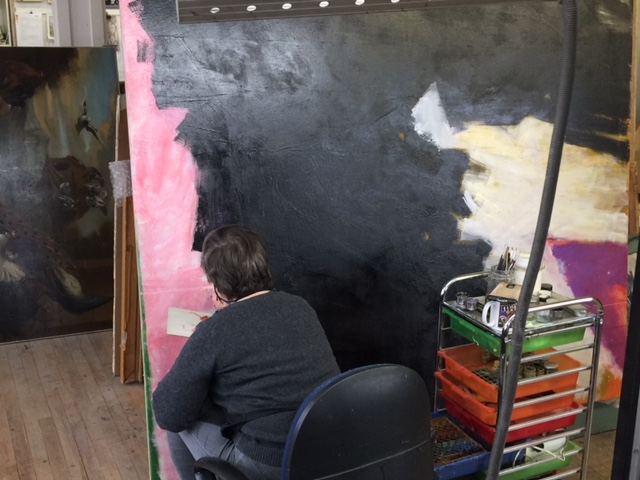
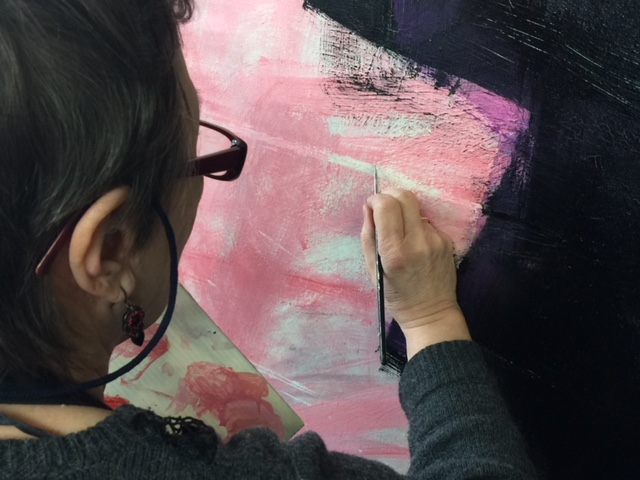
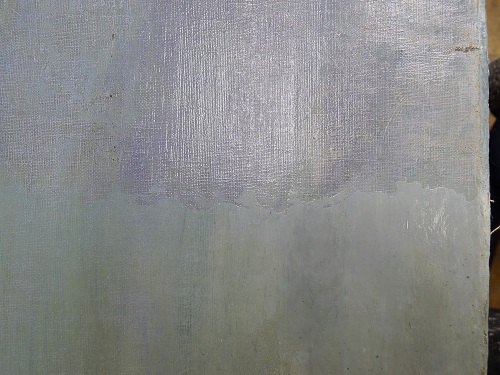
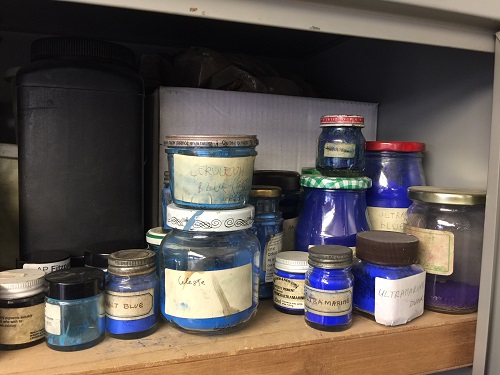
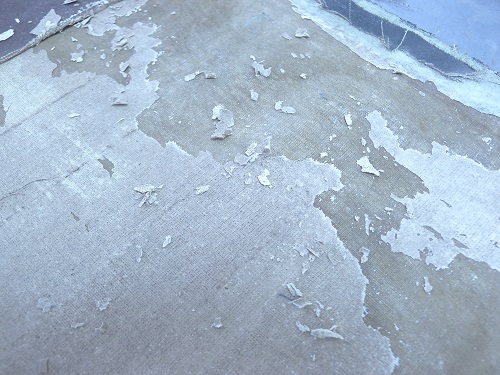

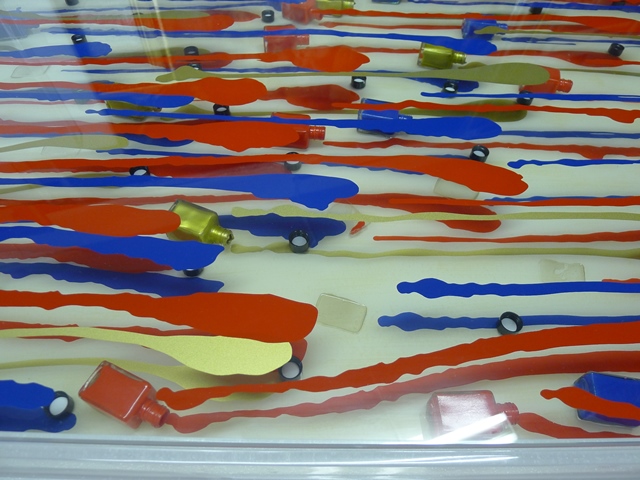
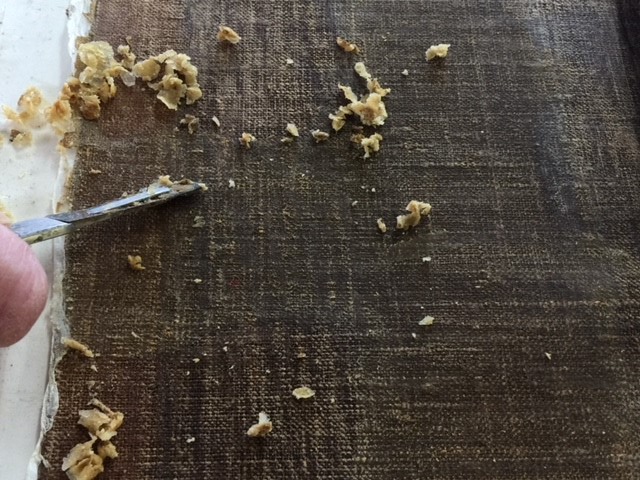
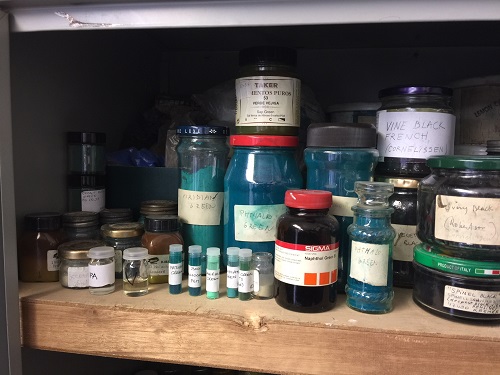
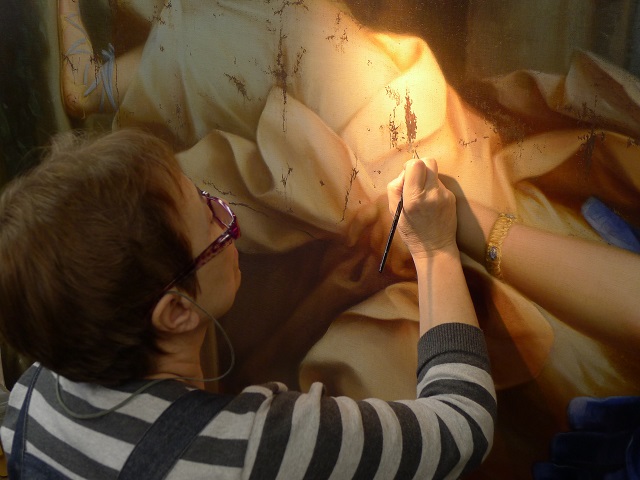
Restoration also known as retouching or in-painting should only be carried out to cover areas of damage on the surface of a painting. It is our intension to return the painting to a visually agreeable and acceptable state. It is most important, and considerable care is taken, to confine any retouching to the local losses only. Absolutely no restoration should cover original historic paint.
Precise retouching is carried out using a selection of modern synthetic mediums, just because a painting may be executed in oil does not mean it is restored in oil, indeed oil paint is never used in restoration. This medium should not discolour and should remain soluble in mild solvents. Retouching along with anything else ones does to a painting should always be easily reversible, it may well be necessary to remove it in the future and this should be made as easy as possible. Pure powdered pigments are added to the medium to achieve the correct colour match.
Finally a synthetic and reversible varnish is applied.